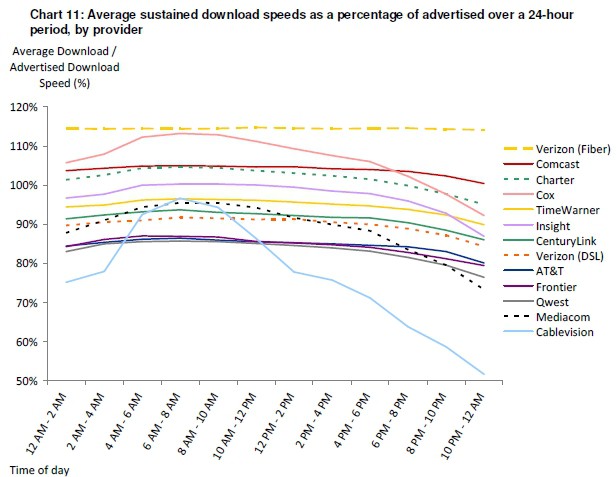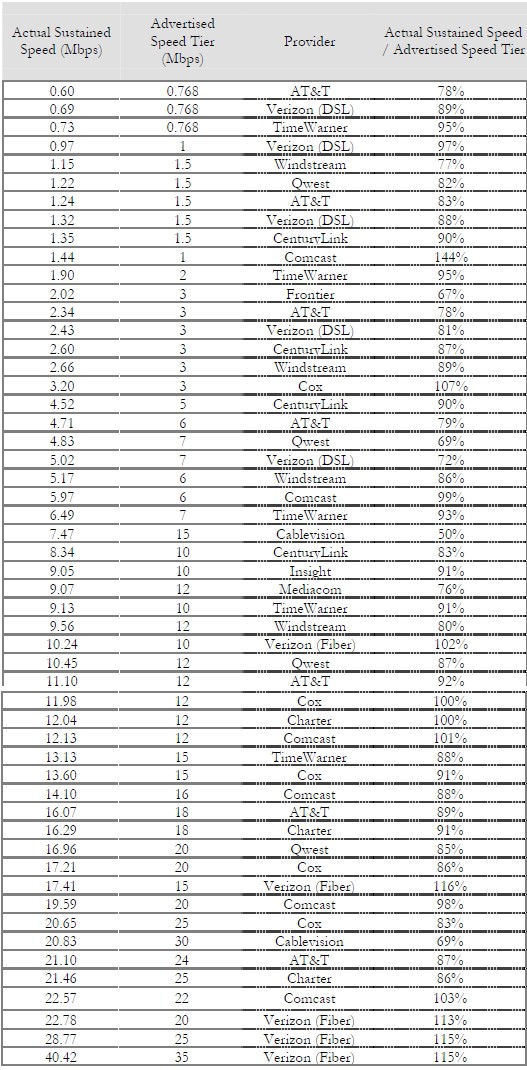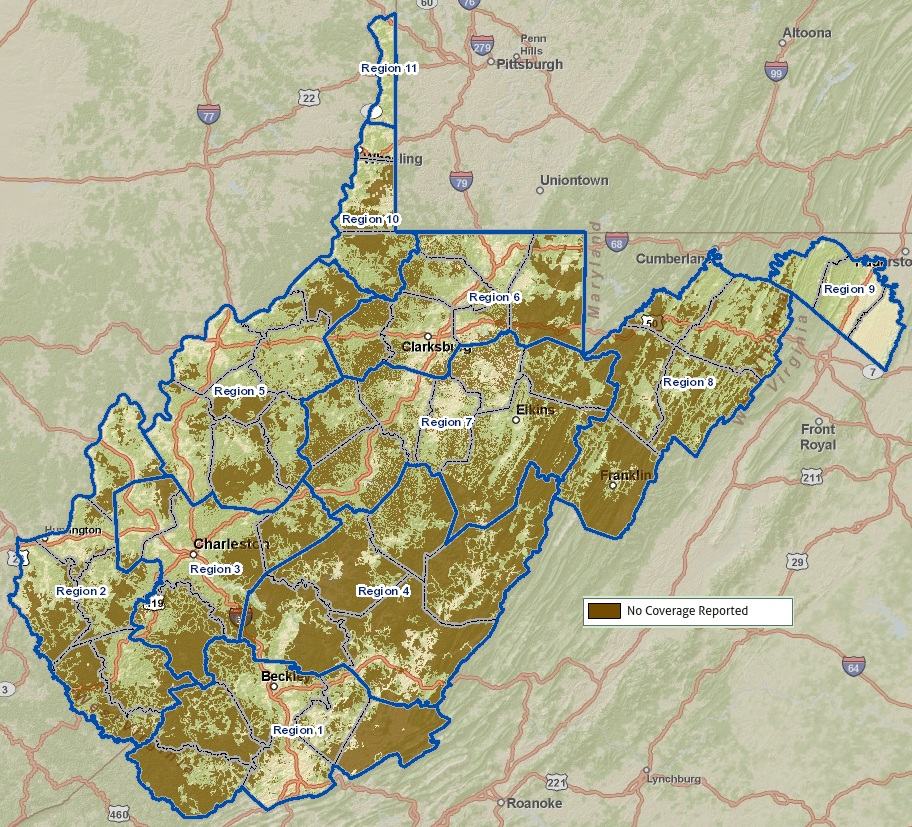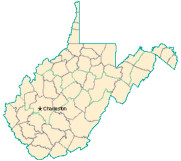Frontier Communications’ DSL modem rental fee is now as high as $6.99 a month in some of the phone company’s service areas, $14.99 a month if you want the convenience of a wireless router built-in. That’s $84 and $189 a year, respectively, for equipment that cost the company a fraction of that.
“Lymelizzard,” a would-be Frontier DSL customer in Robbinsville, North Carolina, considers that highway robbery.
“I can go and buy the modem at a store and it would be less than one year of rental,” he wrote on Broadband Reports’ Frontier forum.
Frontier Communications’ regular monthly prices are not exactly aggressive in North Carolina, charging up to $50 a month for 3Mbps DSL, $55 for up to 7Mbps, before the modem rental fee and other charges are included. A customer with Frontier’s wireless router would pay more than $70 a month, just for 7Mbps DSL service:

Frontier's No-Contract Prices for New Customers Only. Prices less for 1-2 year contracts that include $165 early termination fee for Double Plays and up to $120 early termination fee for High-Speed Internet only plans. One-time charges up to $60. Additional charges, taxes and terms apply.
Frontier has quietly increased equipment fees over the years. Back in 2010, the company raised the rental fee to $4.50 a month. Some service areas have been paying $6.99 a month since 2009, but now face even higher prices if they want a home “Wi-Fi” hotspot included.
Something else has changed at Frontier as well. The company is making it more difficult for customers to purchase their own modems and use them instead, skipping the modem rental fee. Customers trying to save several dollars a month now face a brick wall when contacting customer service.
“The salesman on the phone even said [the modem rental fee] wasn’t a good deal but he could not waive it,” Lymelizzard wrote. He declined to become a Frontier DSL customer, considering the modem rental fee a deal-breaker.
“I’m surprised that all the Joe Customers out in Frontier-land haven’t complained,” he said. “This is merely a money grab on Frontier’s part. I could see the fee for a year, maybe two, but for the life of the account that’s bogus.”


 Subscribe
Subscribe









